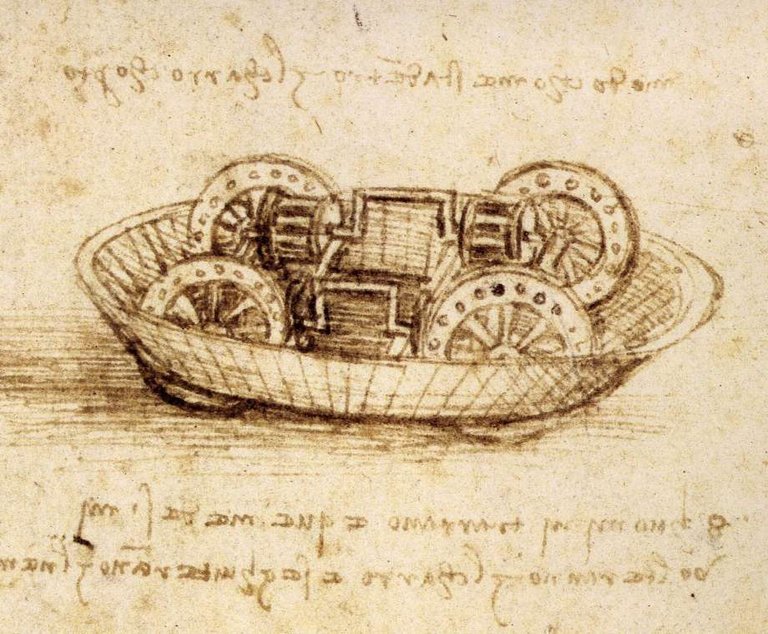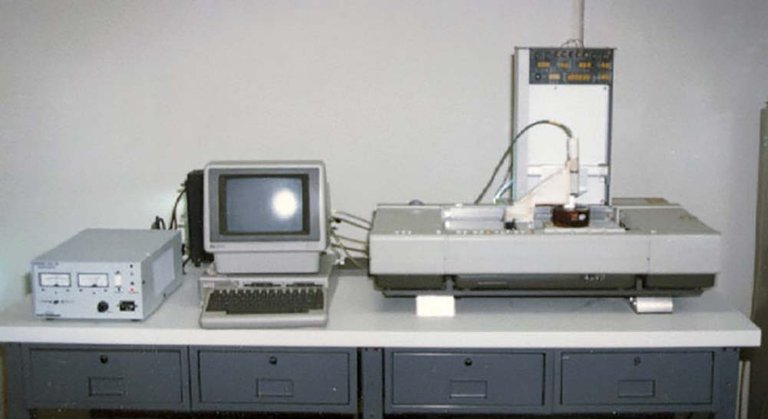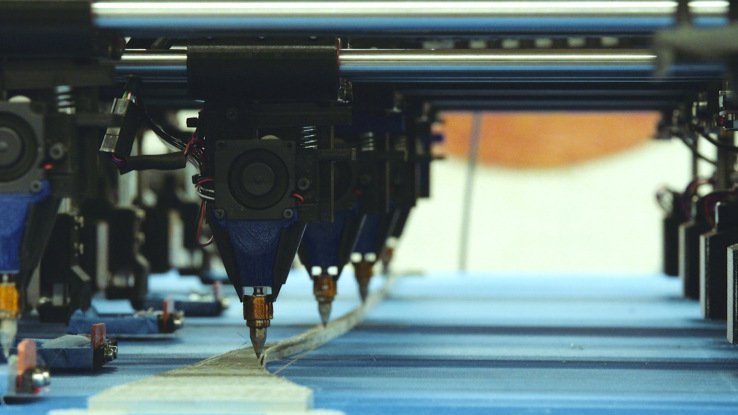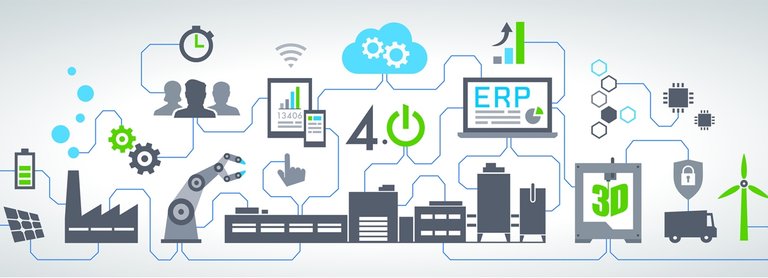
The beginnings of 3D printing in 1983 were improbable. As with all new brilliant concepts it was met with disbelief and little confidence: a faraway dream which would never take off. Unfortunately, brilliance is rarely welcomed immediately with open arms. Leonardo da Vinci’s sketches of his many inventions were scoffed at and ignored to be only centuries later rediscovered. Indeed, propagation of new ideas is often slow.
3D printing is a classic example of this. Its beginnings can be found with Charles Huck’s invention of SLA before embracing SLS in 1987. 2013 however, was one of the turning points. It was the moment when the “pipe dream” turned into a “commercial dream.” In 2013 the largest 3D printing store opened its doors in London. One of the pivotal points in 3D printing because it put 3D printing and prototyping “on the map” and enticed the general public to “buy in “ to this extraordinary concept. The result was positive and suddenly there were more believers, more followers.

After the birth of stores, there came the 3D printing and modelling platforms, which have propagated at an amazing alacrity over the past few years, changing the perspective on manufacturing of the future.
So what is the future of 3D printing? The future is all about staying on top and innovating, which is exactly what Productivist is doing. Currently the prognosis of current methods is highly positive as it answers the many problems the manufacturing industry are facing today. For many years the manufacturing industry has been looking for a method which meets cost and environmental constraints. 3D printing is a method which can cope with the mass customisation for often extremely complex pieces of work. Hampered by the heavy investment costs of new machinery when developing prototypes and often faced with compromised manpower skills set, and logistical problems, the manufacturing industry has been searching for an alternative to outsourcing as a cost cutting method. Often chastised by environmentalists for its non-ecological practices and penalised because of this, industries have been hampered and stifled by their manufacturing methods.
The impact of 3D printing and modelling platforms has shaken the 3D printing market. It has reduced the cost of this, once ago highly expensive method, making it more widely accessible. The result has been that competitivity has been increased, quick turnaround times have been achieved making it a more attractive solution to industry. Furthermore, due to its widespread usage studies on its environmental efficacy have been carried out. The results are astounding and it has been concluded that this method provides a possible solution to environmental issues as it is an energy efficient technology which can provide, in terms of manufacturing, a process which uses up to 90% of standard materials therefore creating less waste.

So all extremely positive; a key in hand solution delivered to your doorstep. It has indeed opened up awareness and encouraged a huge “buy in.” The general public now totally converted and willing to use this extraordinary discovery. The 3D platforms have indeed ploughed the way to ensure that it becomes an integral part of manufacturing in years to come but so far it does not fill all industry’s needs. The concern for confidentiality when manufacturing new products, the proper management of intercompany contracts and a smooth and rapid interface has so far not been always guaranteed
Productivist will meet this need by using blockchain technology. Its vision will innovate the face of manufacturing. Its brilliance does not just rest on its concept, it lies also in the fact that it has already a proven track record. With a highly impressive network of experts behind it, the ground work is already in place. By using this method, Productivist will provide industry with an excellent, cost effective manufacturing solution which respects confidentiality needs and ecological constraints.

The concept recognises the main stumbling block which hampered 3D printing and modelling in its beginnings. This being the general public’s failure to recognise something which could be commercially viable. However, 3D printing and modelling has now been fully validated and Blockchain production has already astounding success in other industries such as property management propelling the revolution of manufacturing 4.0. It’s unique guarantee of secure, cost effective and highly efficient client / product satisfaction is an undeniable strength. It is therefore not only a brilliant concept but it one which is without stumbling block. There is a definite positivity which surrounds blockchain and its limits have not been fully explored. More importantly the scepticism is just not there.
It is because of these factors that Productivist will be one of the leaders in this revolution, pushing away barriers and leading the way forward in the current manufacturing revolution. Its innovative, “validated” solution to manufacturing will shape the future of manufacturing.
Hi! I am a robot. I just upvoted you! I found similar content that readers might be interested in:
https://medium.com/productivist/what-is-the-future-of-3d-printing-productivist-leading-the-way-forward-1e0081189623
I like this. Followed you